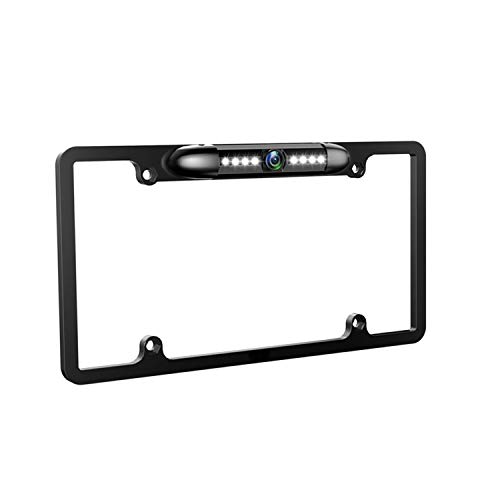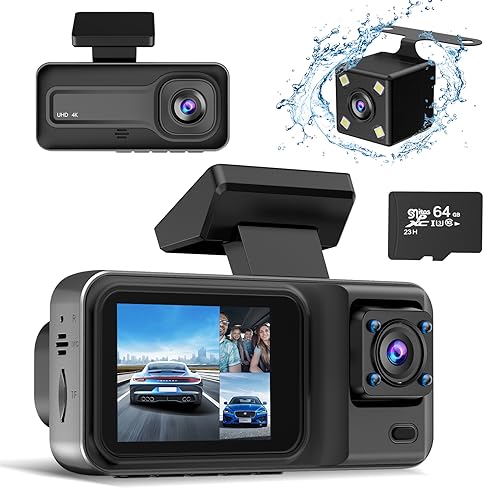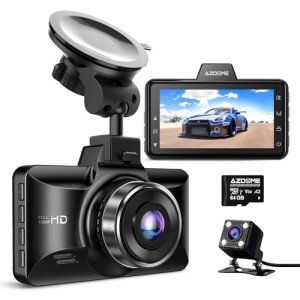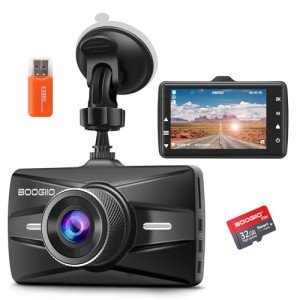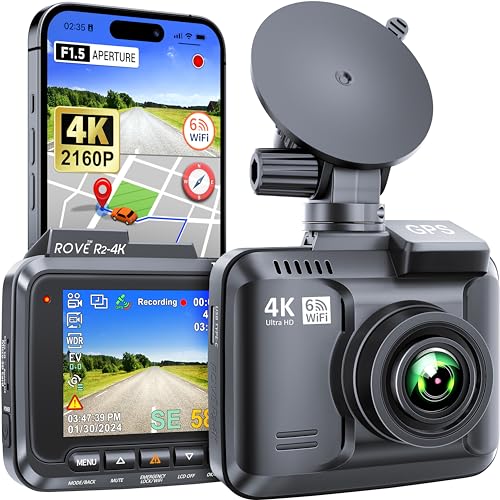Getting good light can make or break your photos. It’s all about knowing when and how to use it. One of the best camera techniques is to shoot during the golden hour—those magical moments just after sunrise or just before sunset. The light is soft and warm, giving your photos a dreamy vibe. If you can, plan your shoots around this time!
Don’t be afraid to play with shadows, too. They can add depth and interest to your shots. Position your camera so the light hits your subject from the side or behind. This creates dramatic effects and makes your photos pop. It’s all about experimenting until you find what works for you.
And let's not forget about natural reflectors. Walls, water, and even the ground can bounce light back onto your subject and create beautiful highlights. If you're outdoors, look for spots that catch the light just right. You can amp up your images by using these simple camera techniques.
Finally, consider adjusting your camera settings based on the light around you. If it’s too bright, try lower ISO and faster shutter speeds. For dimmer situations, you might want to increase the ISO or slow down the shutter. Understanding your camera's settings can really help you get the most out of every lighting situation.
Master Focus for Perfect Shots
Getting your focus right is super important if you want those stunning photos you dream about. A well-focused shot can turn an ordinary scene into something eye-catching. When you master focus, you’re one step closer to nailing your camera techniques.
Most cameras have different focusing modes. If you’re shooting a moving subject, try using continuous autofocus. It keeps the subject in sharp focus as it moves. If you’re capturing a still life or landscape, switch to single autofocus, which locks focus on one point. Knowing when to use each mode makes a big difference!
Don’t forget about your depth of field. A shallow depth of field can beautifully blur the background and make your subject pop. On the flip side, if you want everything in focus, like in landscapes, go for a deeper depth of field. Adjusting your aperture really helps in mastering this aspect of camera techniques.
Lastly, practicing focusing manually can be a game-changer. It gives you creative control and helps you understand how focus works in different situations. Plus, your confidence will skyrocket as you learn to trust your instincts. So grab your camera and start experimenting!
Tomoia LK3 HD 1080P Reverse Camera Monitor Kit
Get clear images and peace of mind while reversing with this easy-to-install HD camera kit
Product information
$59.99 $45.99
Product Review Score
4.15 out of 5 stars
127 reviewsProduct links
Explore Composition Basics Easily
If you're just diving into photography, getting a handle on composition basics can really level up your photos. You don’t need to be a pro to start using some simple camera techniques that can make a huge difference. Let’s break it down!
First up, think about the rule of thirds. Imagine your frame divided into nine equal parts with two horizontal lines and two vertical lines. Placing your subject along these lines or at their intersections creates more balanced and engaging photos. It draws the viewer's eye right where you want it!
Another trick is leading lines. Use natural lines in your scene, like roads, paths, or even shadows, to guide your viewer’s gaze into the picture. This adds depth and perspective, making your photos pop. It also helps tell a story, drawing people into the moment you captured.
Don’t forget about framing! Look for natural frames within your shot, like tree branches or windows. By framing your subject, you add interest and focus, which can elevate any photo. Just be careful not to overdo it; you still want your main subject to shine!
HD License Plate Backup Camera with Night Vision
Get a clear view of what’s behind you, day or night, for safer reversing
Product information
$32.99 $30.99
Product Review Score
4.23 out of 5 stars
47 reviewsProduct links
Edit Photos Like a Pro
Editing photos can feel overwhelming, but it doesn't have to be! With a few tips, you can easily make your pictures pop and look professional. Understanding how to edit photos is just as important as mastering your camera techniques. You'll bring your vision to life with just a few clicks!
Start by choosing the right editing software. You don’t need to buy the most expensive program out there. Options like Adobe Lightroom and Snapseed offer a ton of features without breaking the bank. They make it easy to adjust the brightness, contrast, and color balance, giving your images a polished look.
Next up is learning about layering and masking. It sounds fancy, but it's totally manageable! Use layers to separate parts of your image that you want to edit differently. Masks let you apply changes without affecting the whole photo. This is super helpful when you want to brighten just the foreground while keeping the background moody.
Finally, don’t forget about filters and presets! They can save you a lot of time and give your photos a consistent vibe. But remember, moderation is key. A light touch goes a long way, and you want your edits to enhance your images, not overwhelm them. With practice and a bit of creativity, you'll be editing like a pro in no time!

